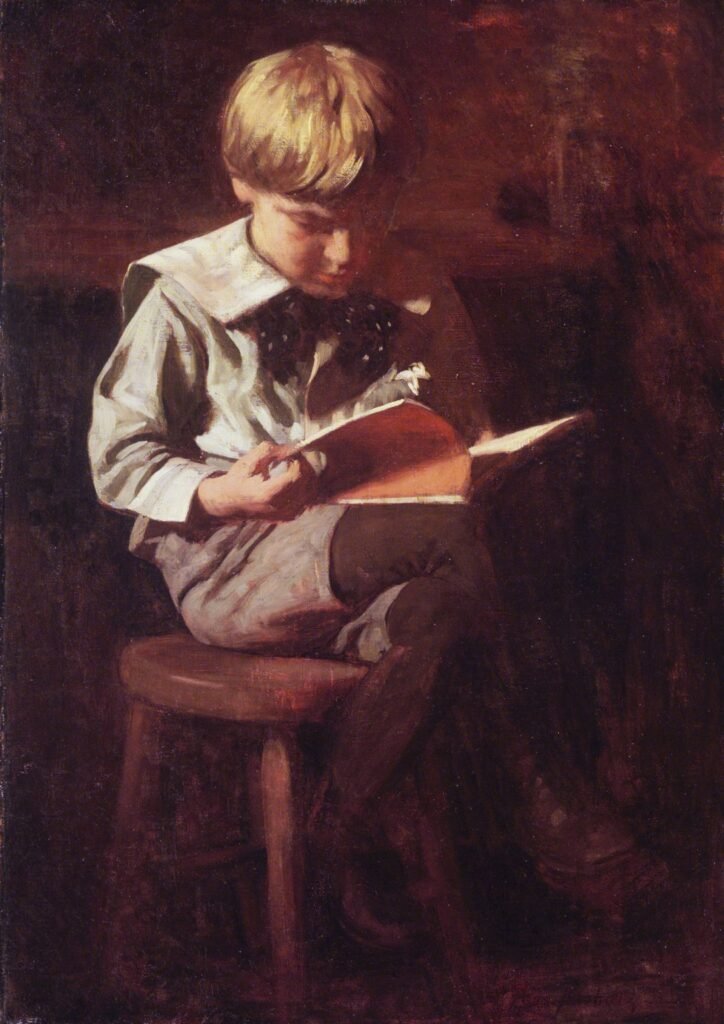As parents, we often think we have control over our children’s learning outcomes. However, this belief can sometimes be misleading. In psychology, there’s a term for this misconception called illusory control. It refers to the belief that we have control over events or outcomes when, in fact, we don’t. Trying to control what is ultimately beyond our reach often leads to frustration, resentment, fatigue, and even a sense of helplessness.
So, let’s clarify our roles as parents and educators. While we can inspire, set an example, and create a positive environment, it’s ultimately our children who must decide what they will or will not learn. True education is about engaging their agency, tapping into their intrinsic motivation, and encouraging them to take ownership of their learning journey. You may have heard the popular quote attributed to Socrates, “Education is not the filling of a bucket but the lighting of a fire.”
Shifting the Question
Instead of asking, “How do we educate our children as homeschool parents?” a more empowering question would be, “How can I influence my child to choose to educate themselves?” and “How do I invite my child to engage their will and become intrinsically motivated?”
Studies show that personal spiritual experiences are the number one predictor of people staying active in their faith. This same principle applies to learning. Our children must have their own positive experiences with learning to develop a lifelong love for it.
Where Our Power Lies
Let’s start by understanding where our power as parents truly lies. We have control over who we are and what we do. One of the most powerful influences we can exert is through our example.
Research supports this: Children often mirror their parents’ behaviors, attitudes, and educational aspirations. For example, a study published in Child Development found that positive parental involvement and setting high expectations were significantly associated with children’s academic achievement and emotional well-being. When our children see that we are invested in their education, and when we show up in positive ways—encouraging them and believing in their ability to succeed—they reflect these values back to us.
A study in the Journal of Marriage and Family found that children whose parents exhibit pro-social behaviors, like volunteering or helping others, are more likely to engage in similar behaviors themselves. This data underscores the significant impact of parental example.
The Power of Example
Think about this in real-life scenarios. When I had only two children, I often mopped the floor by hand. My two-year-old daughter would grab a rag and join me, copying my actions without any prompting. If I had tried to force her to help, she probably would have resisted. But by setting an example, she naturally followed suit.
Similarly, when our children see us reading, learning, and discussing ideas, they begin to think, “This is what people do.” They learn by watching us. Modeling lifelong learning shows our children that education is a never-ending, joyful part of life. Gordon B. Hinckley once said, “A truly educated man never ceases to learn.”
To capitalize on this influence, be intentional about sharing what you’re learning with your children. Read in places where they can see you. Talk about the books you’re reading and the ideas you’re excited about during family dinners. This integration into daily life enhances your influence and encourages positive learning habits.
Building Relationships of Trust
I have a decoration in my home that says, “Lead Me, Guide Me, Walk Beside Me,” a line from a children’s hymn. This reminds me of the difference between a shepherd and a sheep herder. A shepherd builds a relationship of trust with the flock. The sheep want to follow because they feel loved and connected. In contrast, a sheep herder drives the sheep forward through fear, without a relationship of trust.
When we try to control our children’s education by pushing and prodding them, we act more like sheep herders, focusing on compliance and short-term results. But when we trust our children to own their education, we become shepherds, guiding them with love and encouragement.
Creating the Right Environment
Setting a dedicated time for schoolwork each morning with my children showed them that learning was a priority. Being consistently present during this time allowed me to support them through challenges, rather than nagging or lecturing from the sidelines. This proactive support makes the learning experience feel more positive and less like an obligation.
The energy we bring to these interactions is equally important. Showing up with excitement, readiness, and a positive attitude is contagious. Instead of mirroring frustration or negativity, stay calm and encouraging. Show your children that you believe in their ability to overcome obstacles. When we maintain a positive environment, learning becomes associated with joy and fulfillment, increasing the likelihood that our children will choose to engage with it willingly.
Conclusion
In conclusion, encouraging our children to own their education is about inspiring them through our actions, creating an environment of trust and support, and consistently modeling the joy of learning. By shifting our focus from control to influence, we empower our children to become lifelong learners, intrinsically motivated to explore, grow, and thrive.

